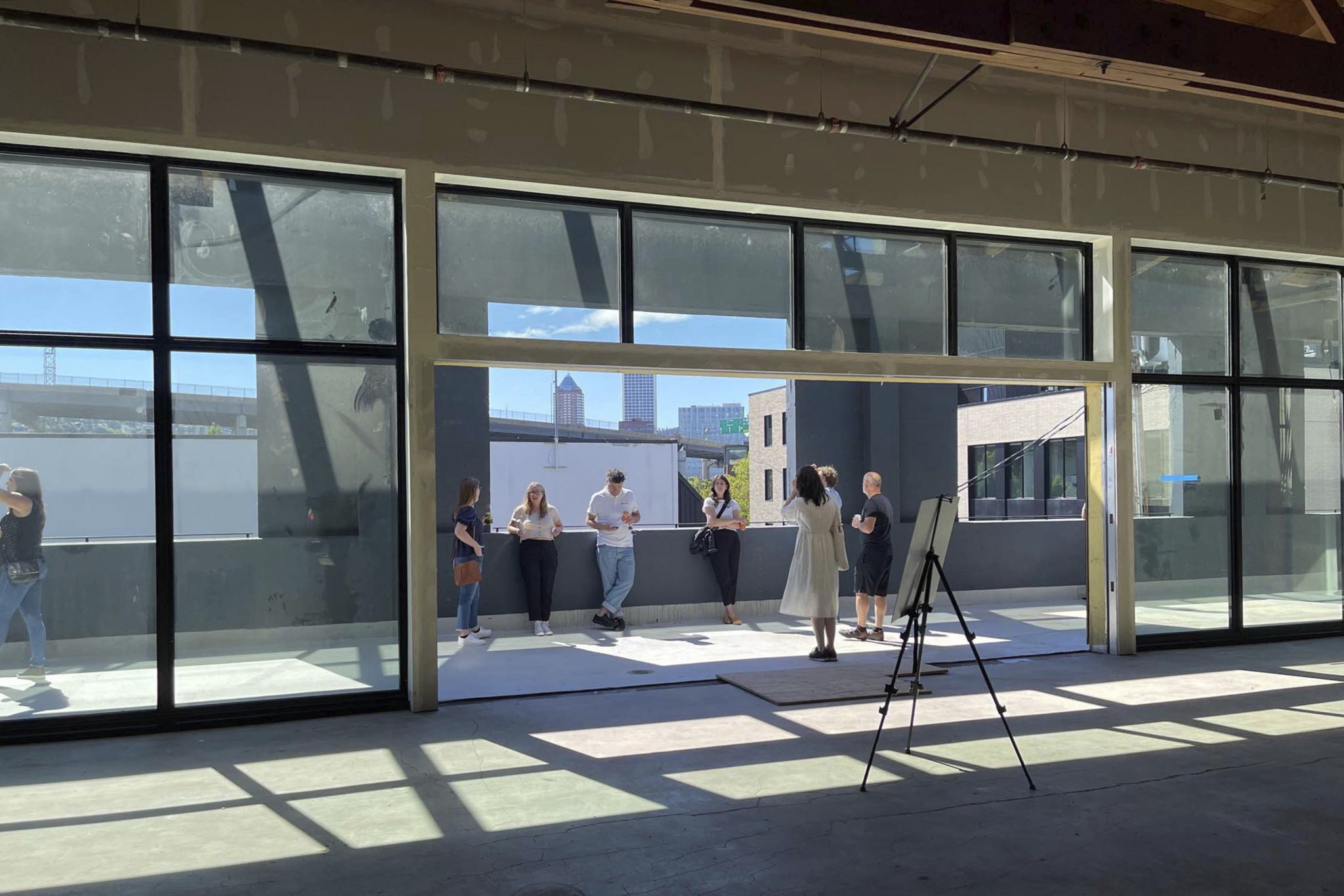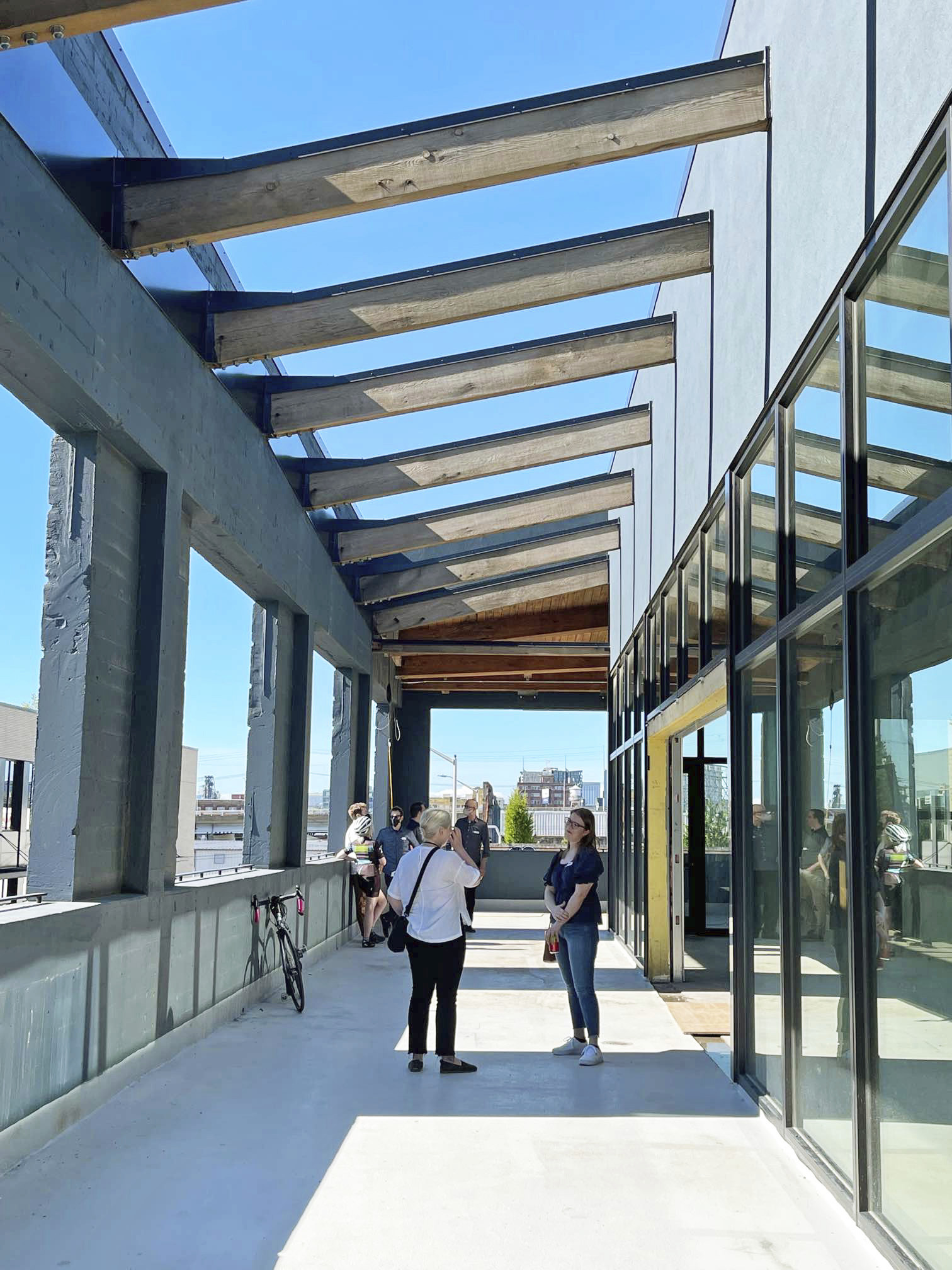



10.26.22
Architects have a unique relationship with the buildings they inhabit, as not every profession gets to occupy the outcome of their work. The opportunity for an architecture and interiors firm to design a studio for themselves is to propose a vision of the purpose of design to colleagues, clients, and the broader world.
After 30 years downtown, Bora is moving across the river into a new building of our own design, one that demonstrates our vision of architecture in this current historical moment. We find ourselves in a time where challenges abound, from rising temperatures to rising rents, and the prolific inequities that result from both. While environmental sensitivity has been a driving force of Bora’s work over its 60-year history, more recently, we’ve specifically defined the outcomes we aspire to achieve in all of our design work.
The vision we propose with our new studio is that design should advance the human condition by effectively addressing Climate, Health, and Equity. For each of these three drivers, we’ve zeroed in on a single goal, a unique approach for this building to demonstrate what’s possible.
Addressing Climate: Net-Zero Carbon Through Climate Empowerment
When designing a building, an architect can address carbon and climate in two major ways. The first is by designing building systems that reduce and sequester carbon emissions. The second is by designing an environment that educates and empowers occupants to go even further.
The new Bora studio demonstrates how a workspace can achieve net-zero carbon, not by the brute force approach of maximizing generation, but by pursuing the unique opportunities it presents. Adapting an existing building, and its embodied carbon, offered significant savings over building from the ground up. The new materials brought to the site, including interior finishes, mechanical systems, equipment, and furnishings, have all been carefully evaluated for their impact on both operational and embodied carbon, with the full tabulation of the project’s embodied carbon to be offset through the perpetual conservation of local forest land.
New rooftop solar PVs on a neighboring building will offset operational energy. While energy generation will take place off site, the capacity is fixed at a level where 100% offset is possible, though far from guaranteed. Recognizing that energy performance is as social as it is technological, this project illustrates our vision of climate empowerment to achieve its conservation targets. This means that the studio will only be able to achieve net zero if we, as occupants, keep our consumption in check. Through monitoring, education, and a culture of mindfulness, we all must accept responsibility for ensuring the project succeeds.